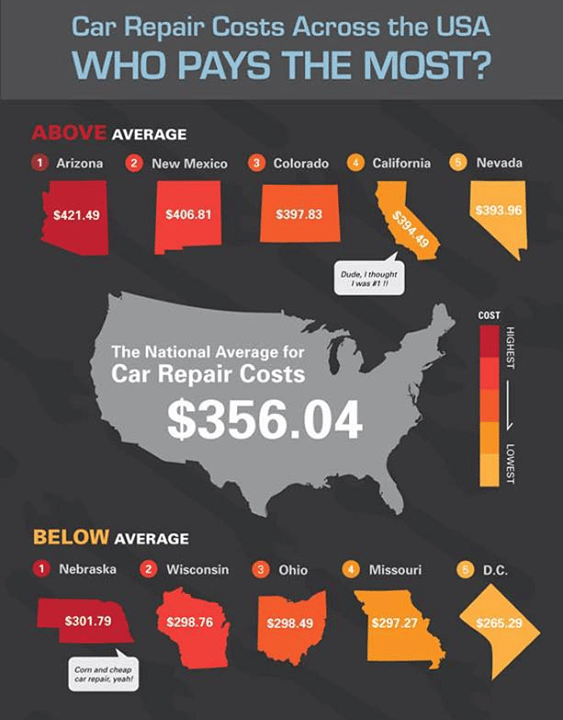Eager To Know What The Control Panel Caution Lights In Your Vehicle Indicate? Explore Their Meanings For The Well-Being And Security Of Your Vehicle
Eager To Know What The Control Panel Caution Lights In Your Vehicle Indicate? Explore Their Meanings For The Well-Being And Security Of Your Vehicle
Blog Article
Writer-Lauritsen Gilbert
When you lag the wheel, those radiant caution lights on your dashboard can be a bit difficult. Do you know what they're trying to tell you regarding your auto's health and wellness? Recognizing https://brake-line-fittings85172.techionblog.com/31226481/ready-to-unveil-the-concealed-truths-of-auto-repair-with-impressive-explorations-that-will-move-your-viewpoint-you-ll-be-amazed-by-what-you-really-did-not-understand of these lights is crucial for your safety and security and the longevity of your automobile. So, the next time among those lights pops up, wouldn't you want to analyze its message properly and take the necessary actions to address it?
Common Caution Lighting and Interpretations
Recognize typical warning lights in your automobile and recognize their definitions to make sure safe driving.
The most regular warning lights consist of the check engine light, which indicates issues with the engine or emissions system. If this light comes on, it's important to have your automobile checked immediately.
The oil stress advising light indicates reduced oil pressure, calling for prompt interest to avoid engine damages.
A blinking battery light might suggest a damaged charging system, possibly leaving you stranded if not addressed.
The tire stress surveillance system (TPMS) light alerts you to reduced tire stress, influencing vehicle security and fuel performance. Disregarding this might lead to hazardous driving conditions.
The ABS light suggests a trouble with the anti-lock stopping system, compromising your ability to quit promptly in emergency situations.
Last but not least, the coolant temperature level cautioning light warns of engine getting too hot, which can cause serious damages otherwise settled swiftly.
Understanding these typical warning lights will aid you resolve issues immediately and keep risk-free driving problems.
Value of Prompt Interest
Recognizing the usual warning lights in your cars and truck is only the primary step; the importance of promptly dealing with these warnings can't be emphasized sufficient to ensure your safety and security on the road.
When auto and marine detailing nz | car wash auckland auckland brightens on your dashboard, it's your car's method of interacting a possible concern that requires interest. Neglecting these warnings can bring about a lot more severe issues in the future, compromising your safety and security and potentially costing you extra in repairs.
Trigger attention to advising lights can prevent failures and accidents. For instance, a blinking check engine light can indicate a misfire that, if left neglected, can create damages to the catalytic converter. Resolving this without delay can conserve you from an expensive repair service.
Likewise, a brake system warning light might indicate reduced brake fluid or worn brake pads, crucial parts for your safety and security when driving.
Do It Yourself Troubleshooting Tips
If you observe a warning light on your control panel, there are a couple of DIY repairing pointers you can attempt prior to looking for specialist assistance.
The primary step is to consult your cars and truck's manual to recognize what the specific caution light indicates. Sometimes the concern can be as simple as a loosened gas cap causing the check engine light. Tightening the gas cap may deal with the trouble.
An additional common problem is a low battery, which can set off numerous alerting lights. Inspecting the battery connections for rust and ensuring they're secure may take care of the trouble.
If a warning light continues, you can try resetting it by disconnecting the car's battery for a few mins and after that reconnecting it. In addition, checking your car's liquid degrees, such as oil, coolant, and brake liquid, can help fix warning lights related to these systems.
Verdict
Finally, comprehending your auto's warning lights is essential for keeping your vehicle running efficiently and securely. By immediately resolving these signals and knowing what they indicate, you can stay clear of costly repair services and prospective failures.
Keep in mind to consult your auto's manual for specific details on each warning light and act accordingly to make sure a hassle-free driving experience.
Remain educated, remain risk-free when traveling!
